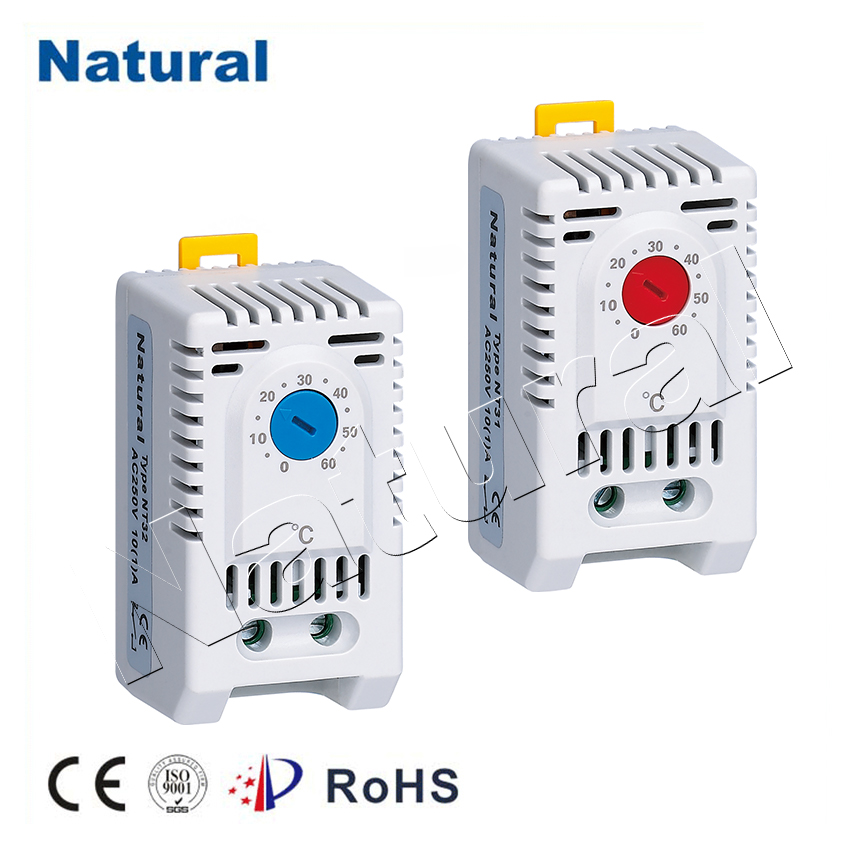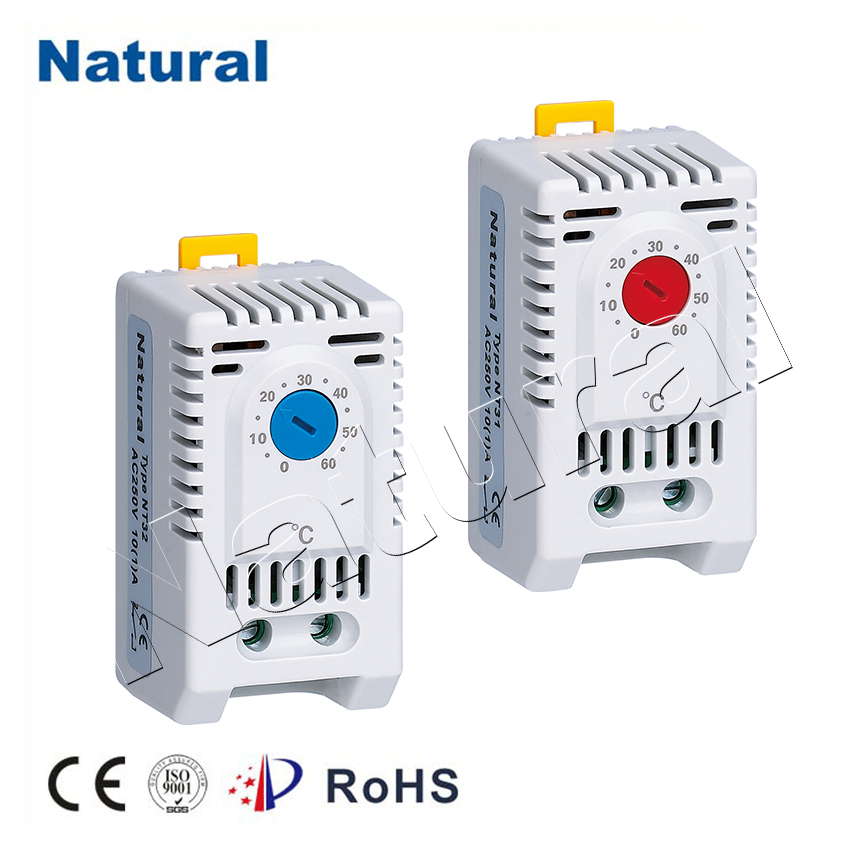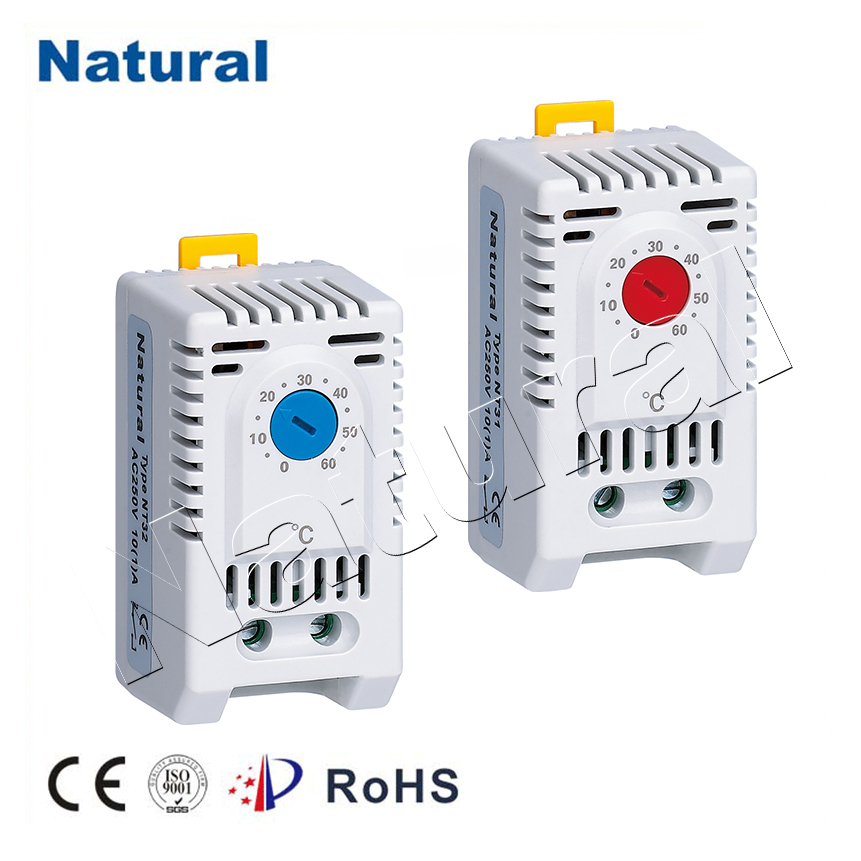Temperature control plays a crucial role in various industries, ensuring the optimal performance of equipment, processes, and environments. One essential tool in maintaining temperature stability is the DIN rail temperature controller. This article delves into the importance, features, and applications of DIN rail temperature controllers, helping readers understand why these devices are indispensable in modern control systems.

What is a DIN Rail Temperature Controller?

A DIN rail temperature controller is a device designed to regulate and maintain a specific temperature within a predefined range. The name “DIN rail” comes from the mounting method—these controllers are typically installed on a DIN rail, a standardized metal rail used for mounting electrical components in industrial control systems. This mounting style makes DIN rail temperature controllers both space-efficient and easy to integrate into existing control panels, contributing to their widespread use in industrial settings. The temperature controller itself functions by continuously monitoring the temperature of the system it is connected to and adjusting the heating or cooling elements accordingly. It can be used in conjunction with thermocouples, resistance temperature detectors (RTDs), or other temperature-sensing devices, providing a precise method of regulating the temperature.
